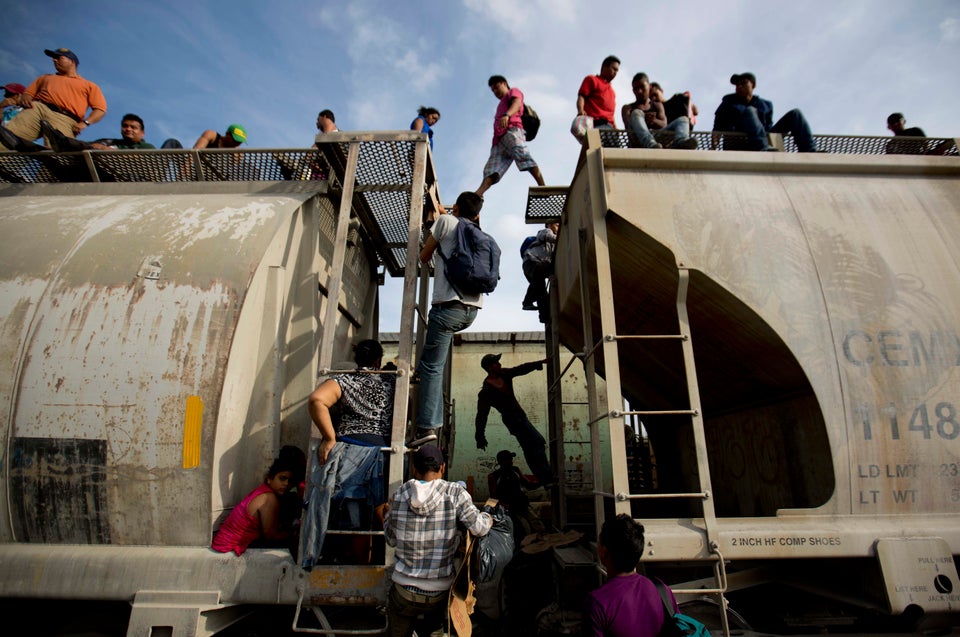
Mexican authorities detained 117,491 undocumented immigrants in the first 11 months of 2014 , marking a 43 percent jump from the same 11-month period a year before, according to government figures cited by Mexican news site Animal Político.
The sharp rise in immigrant detentions comes after a year in which illegal immigration from Central America through Mexico and into the United States spiked, causing an uproar in the U.S. Congress and prompting calls for Mexico to clamp down on its Southern border.
Some 94 percent of the detained immigrants were citizens of Central American countries, virtually all of whom were from the three violence-plagued countries of Honduras, El Salvador and Guatemala. Only 1 percent of the migrants were from Nicaragua.
More than 68,500 unaccompanied minors, the vast majority of them from Central America, crossed illegally into the United States this year. A similar number of parents traveling with children also entered the country.
In July, the Enrique Peña Nieto administration in Mexico announced a series of measures to clamp down on illegal immigration along the Southern border with Guatemala. The plan called for boosting security on trains to keep migrants from riding on top of them and the creation of five new border patrol stations, among other measures.
While prominent public figures in the United States from both the left and the right have called for Mexico to crack down on illegal immigration through its borders, others have criticized the new policies.
“What these people [migrants] tell us is that in reality this plan is focused on massive and violent detention of migrants, just like we’re seeing,” Alberto Xicontecatl, the director of Migrant House, a shelter in the Northern city of Saltillo, told Animal Político.
The Washington Office on Latin America, a U.S. advocacy group, echoed the criticism in a June blog post published after a 12-day visit to the region.
“The border security and migration situation is badly broken at Mexico’s southern border,” WOLA wrote in the post. “But the way to fix it is not by aping the U.S. prescription of walls, patrols, soldiers and technology. In a situation of low skills, poor coordination, and high impunity, beefing up existing border security will increase abuses and trigger more violence without actually reducing migrant flows or trafficking.”
The number of detentions over the 11-month period was the highest in Mexico since 2007 and amounted to roughly one quarter of immigration detentions in the United States for the 2013 fiscal year.

